Miracast is a technology that allows you to wirelessly project your screen onto another display, like a TV, monitor, or projector.
It’s similar to Chromecast or Apple TV but doesn’t require an Internet connection. Learn everything you need to know about Miracast below!
What is Miracast?
Using Miracast, you can display what’s on your device screen with a compatible TV or monitor.
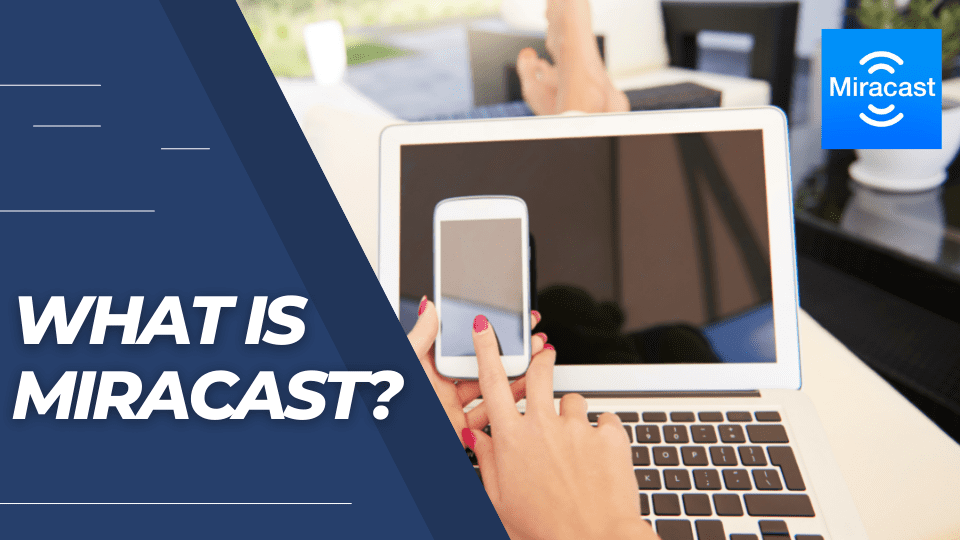
It’s similar to HDMI but doesn’t require a cable. All you need is a Miracast-enabled device and a receiver.
How Does It Work?
Miracast is a technology that allows you to wirelessly stream audio and video from your device to another display. It’s similar to Bluetooth in that it doesn’t require an Internet connection and is compatible with various devices, including laptops, smartphones, and tablets. Here’s how it works:
For listening to music or watching videos on your Miracast-enabled device, you must select the “cast” option from the playback controls. This will connect your device to a Miracast receiver, which could be a TV, projector, or another compatible display. Once connected, your content will start playing on the other display.
The beauty of Miracast is that it’s an easy way to share content without messing with cables or other complicated connections. It’s also relatively power-efficient, so you don’t have to worry about draining your battery too quickly.
What Are the Pros and Cons of Using Miracast?
If you’re looking for a way to mirror your screen to another display wirelessly, you may have come across the term Miracast. But what is Miracast? In short, it’s a technology that allows you to mirror your screen to another display wirelessly.
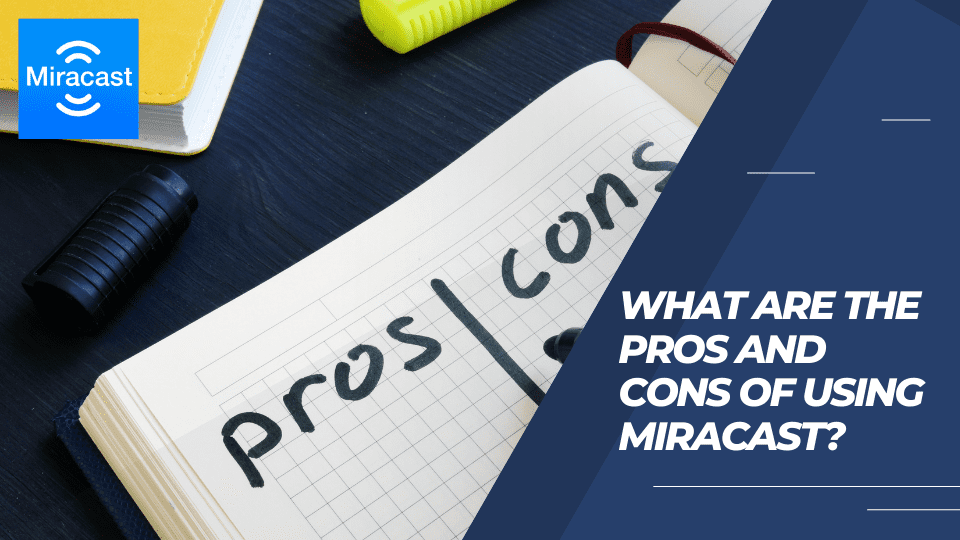
There are a couple of advantages to using Miracast over other screen mirroring methods. First, it’s relatively easy to set up – you only need a compatible device and a display that supports Miracast. Second, it doesn’t require an Internet connection, so you can use it even if you’re not connected to the Internet. Finally, it has low latency, so there’s a minimal lag when you’re mirroring your screen.
There are a few disadvantages to using Miracast as well. First, it only works with specific devices – both the source device (the one you’re mirroring from) and the target device (the one you’re mirroring) must support Miracast. Second, the range is limited – Miracast only works over short distances, so you’ll need to be close to the target device. Finally, Miracast can be unreliable – sometimes, the connection can drop, or the quality can degrade.
| Pros of Miracast | Cons of Miracast |
| First, it’s relatively easy to set up – you only need a compatible device and a display that supports Miracast. | First, it only works with specific devices – both the source device (the one you’re mirroring from) and the target device (the one you’re mirroring) must support Miracast. |
| Second, it doesn’t require an Internet connection, so you can use it even if you’re not connected to the Internet. | Second, the range is limited – Miracast only works over short distances, so you’ll need to be close to the target device. |
| Finally, it has low latency, so there’s a minimal lag when you’re mirroring your screen. | Finally, Miracast can be unreliable – sometimes, the connection can drop, or the quality can degrade. |
How to Easily Set Up Miracast
If you’re looking to add wireless streaming to your home theater setup, you’ve probably come across the term “Miracast.” But what is Miracast? Simply put, it’s a technology that allows you to wirelessly mirror your device’s display on a compatible TV or projector. So whether you want to show off a slideshow from your phone or tablet or play a game from your laptop on the big screen, Miracast can make it happen.
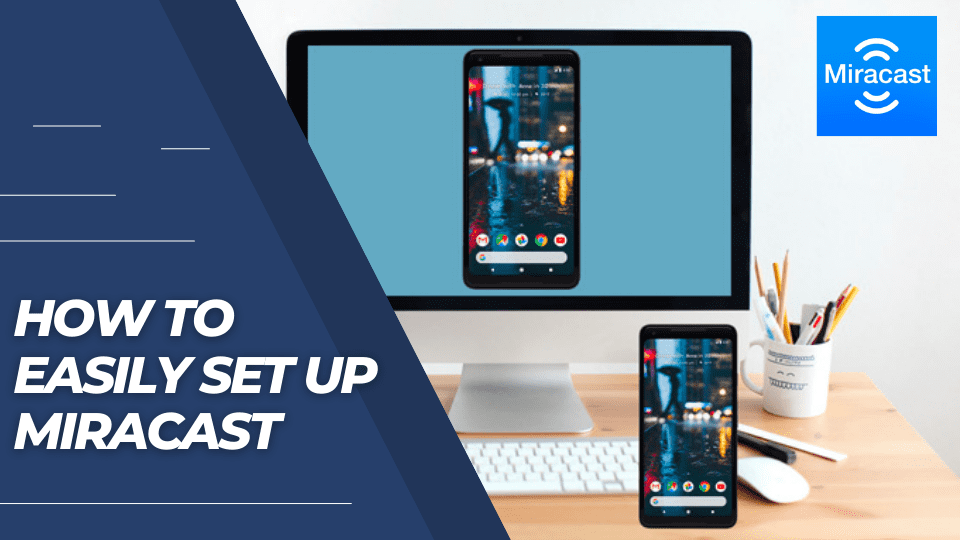
One of the great things about Miracast is that it’s an industry-standard technology, so there’s no need for proprietary hardware or software. That means that you should be good to go as long as your device and TV support Miracast. The following is a quick rundown of what you’ll need to get started.
First, you’ll need a Miracast-enabled device. Smartphones, tablets, laptops, and newer TVs and projectors. In case your device does not support Miracast, do a quick Google search for the model number and “Miracast.”
Next, you’ll need a Miracast receiver. This plugs into your TV or projector and provides the necessary hardware and software to receive the wireless signal from your device. If you don’t already have a Miracast receiver, don’t worry—they’re relatively inexpensive and easy to find online.
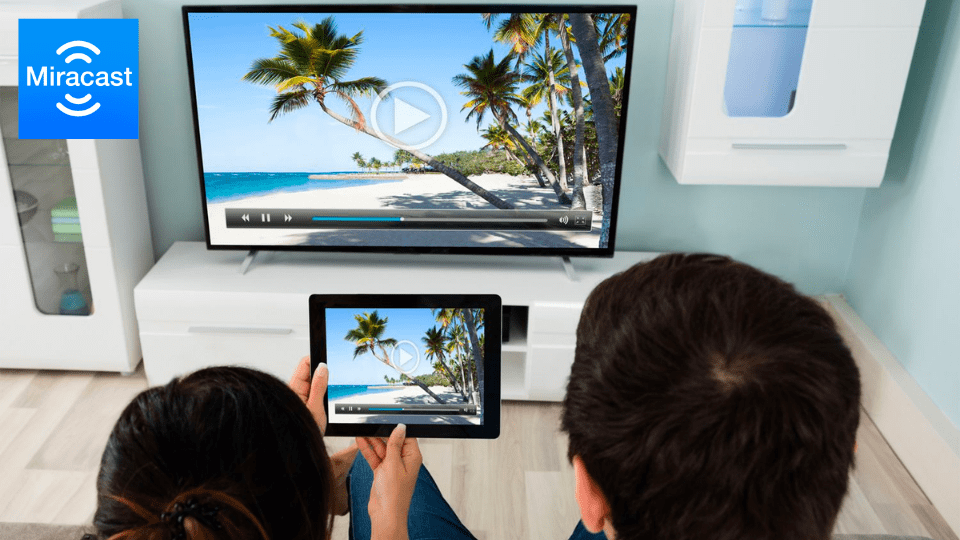
Once you’ve got your devices, it’s time to connect them. The process will vary depending on your devices, but in general, you’ll need to enable Miracast on both your TV and your device, then select the TV as the display destination. For more specific instructions, refer to your device’s user manual or the documentation that came with your Miracast receiver.
And that’s all there is to it! With Miracast, you can easily add wireless streaming capabilities to any home theater setup.
Tips for Using Miracast
If you’re looking to cut the cord and ditch your cable subscription, you may be wondering about Miracast. Miracast is a technology that lets you wirelessly stream content from your device to a TV or monitor.
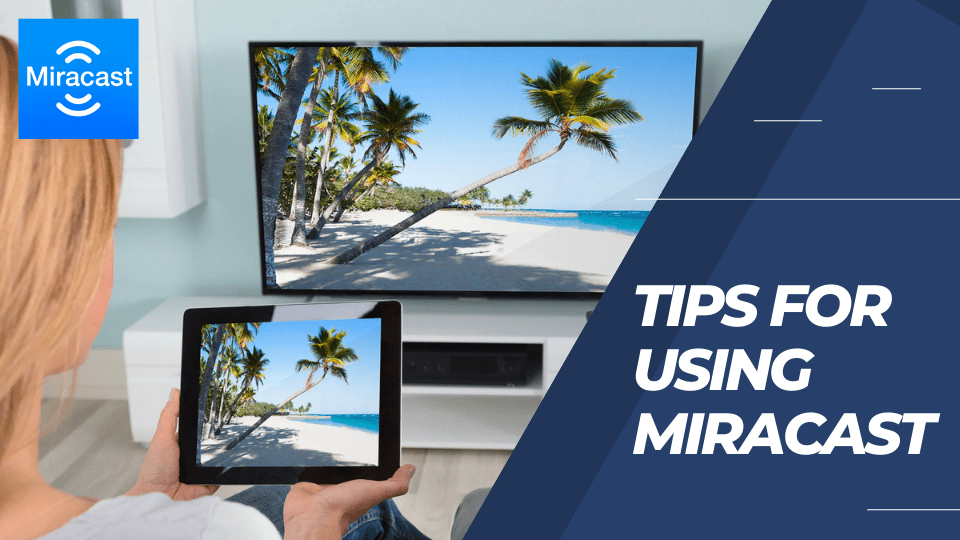
First, make sure that your TV or monitor supports Miracast. Most newer models do, but if you’re not sure, check the manual or the manufacturer’s website. Once you’ve confirmed that your TV or monitor is compatible, the next step is to ensure that your device is also compatible. Miracast is available on most modern smartphones, tablets, and laptops.
Once you’ve confirmed that both your TV/monitor and device are compatible with Miracast, the next step is to connect them. You may need to consult the manual for instructions if you have a specific TV or monitor, so consult the manual for instructions. Once you’re connected, you should see your device’s screen mirrored on your TV or monitor.
Now that you’re up and running with Miracast, it’s time to start streaming! If you’re using a smartphone or tablet, you can stream content from any app that supports video playback. For example, you can watch videos from Netflix, YouTube, or Amazon Prime Video.
Using a laptop, you can stream content from your web browser. Most popular video streaming websites like Netflix, YouTube, and Amazon Prime Video will work with Miracast.
Once you’ve found something to watch, press play and enjoy! You can pause the video or make any other adjustments, you can do so directly on your device; the changes will be mirrored on your TV or monitor.
That’s all there is to it! With Miracast, streaming content from your device to your TV or monitor is easy and convenient.
Frequently Asked Questions About Miracast
You can use Miracast to display what’s on your device screen with a TV, projector, or monitor. It uses Wi-Fi Direct to create a connection between the two devices, so no router is required. Miracast is supported on Windows 8.1 and 10 Android 4.2 and newer Android.
When you want to share something from your device to a Miracast-enabled TV or monitor, your device will search for nearby Miracast receivers. Once it finds one, you’ll be able to see your device’s screen on the TV or monitor.
You can then control the display from your device, just as you would with a regular TV or monitor.
To use Miracast, you’ll need a Miracast-enabled device and a Miracast receiver. Most new TVs and monitors come with a built-in Miracast receiver, but you can also buy standalone receivers that connect to an HDMI port on your TV or monitor.
Yes! Miracast is a great way to share your device’s screen, but it’s important to remember that it’s a two-way connection.
That means that anything you do on your device will be visible on the TV or monitor, so be careful what you share. Also, remember that Miracast uses Wi-Fi Direct, which doesn’t require an Internet connection. However, if you’re using a Miracast receiver that’s not connected to the Internet, you won’t be able to use features like streaming video or audio.
Conclusion
Miracast is a technology that allows you to wirelessly mirror your computer screen, Android device, or Windows Phone onto a television or monitor. It’s convenient to share content from your phone or tablet on a bigger screen. All you need is a Miracast-enabled device and the correct adapter (or dongle) for your TV.